The megadungeon has a creative call to it, this grand and imposing space mapped out for adventure, a beckoning otherworld to explore. People dig superlatives, the biggest, the tallest, the most dangerous, the most powerful, the deepest. But the challenge of making something epic in scope can swamp even the most dedicated GM.
It’s very hard to make a truely big space mapped out to a dungeon level of detail, as scope increases the amount of work required to fill the space well increases exponentially. Even some of the largest megadungeons could fit into the footprint of a large mall you could explore in a half day (though a mall with the lights off and filled with monsters and traps would take longer to survey).
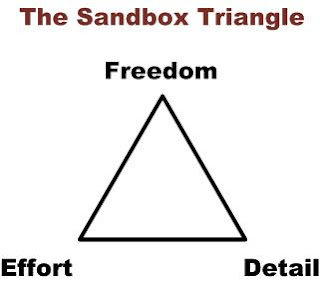
To oversimplify this excellent post on the sandbox triangle: High detail, high freedom, or lower effort. Pick two of these qualities for your megadungeon or sandbox design.
For example: If I wanted to make a gameable version of The Forbidden City at high detail, and a high freedom of navigation, I’d be looking at keying ~8000 rooms if I wanted to key the entire thing as a dungeon.
The biggest published megadungeon I know, Ardun Vul, is around 2000 rooms and just 500 yards at its widest. It’s huge, monumental for a dungeon- but compared to realworld spaces, it’s nothing special in scale. I usually don’t try to predict the future but I feel like it’s a safe bet that there will never be an 8,000 room megadungeon that’s better than Arden Vul (which almost buckles under the sheer scale of its contents as a convient GM reference work), though someone is welcome to take a couple decades of their creative life to prove me wrong.
Megadungeons and ruined cities (a sort of open air megadungeon, everything’s a dungeon) can be hard to pull off. My favorite solution is to keep the required effort manageable, player agency and navigational freedom high, and cut detail, reserving the bulk of creative description energy for the specific points of interest inside the megadungeon or lost city. Cut the time at the table spent playing and describing stuff in the middle, between the most interesting node areas of your megadungeon.
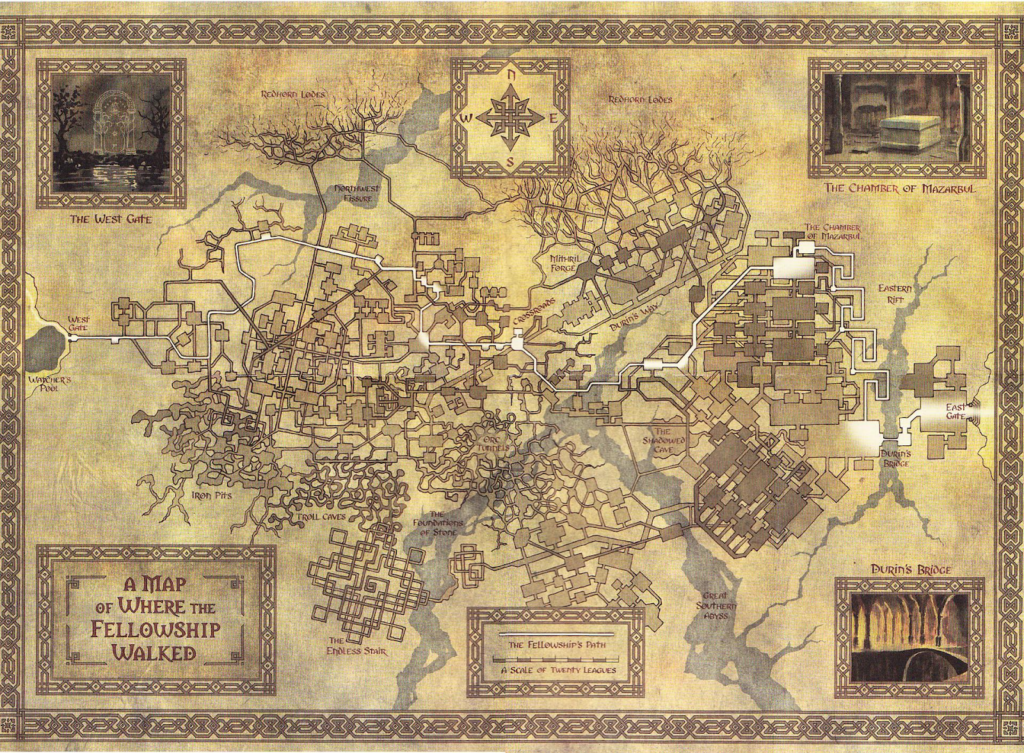
For running something like the Mines of Moria, instead of filling half a session with detailed literal miles of mostly vacant corridors, halls, and chambers maybe roll an encounter check or two and describe the miles of interstitial hallways and rooms between your detailed and keyed areas in a quick chunk of evocative description sorta like this:
“The passage twisted round a few turns, and then began to descend. It went steadily down for a long while before it became level once again. The air grew hot and stifling, but it was not foul, and at times they felt currents of cooler air upon their faces, issuing from half-guessed openings in the walls. There were many of these. In the pale ray of the wizard’s staff, Frodo caught glimpses of stairs and arches, and of other passages and tunnels, sloping up, or running steeply down, or opening blankly dark on either side. It was bewildering beyond hope of remembering.”
The Fellowship of The Ring
Having too many navigation decisions in interstitial areas is increasingly counterproductive as adventure site scale increases. RPG adventures can be chunked into different blocks of time and space, maybe a 10 minute exploration turn, a several hour watch in the wilderness or a six mile hex, maybe an entire week of downtime. These discrete chunks are boxes to fill with something interesting enough to note or interact with in the game. If most of these boxes are completely empty I think you either need more content or less boxes to fit the scale of the adventure.
You could break things up into abstract narratively significant scenes like a movie as a number of RPG’s do- but that’s not my preference. I like the feeling of specific time and space. But since we can’t narrate every second, we have to decide where to use the squishy CPU power in our skulls. So we skip and zoom in. A fully detailed and keyed dungeon works well up to a certain scale but in dealing with ruined cities and truely mega dungeons, a pointcrawl style between detailed keyed dungeon nodes offers my favorite balance of detail, freedom, and GM effort, as well as speed at the table.
My thinking on this is most in debt to John Arendnt’s work on The Black City project- which I still hope gets published in a complete form at some point. In one post on node based dungeons he notes:
“This node-based style feels EPIC, and supports vast underground complexes worthy of Moria. It lets you separate your major areas geographically and establish strong themes at each node. The dungeons and lairs are not so expansive that it’s exhausting to stock them. Putting more distance between lairs, factions, and other inhabitants of the dungeon enhances the verisimilitude. It’s much easier to manage dungeon dressing and similar details by starting with a small, strongly themed lair or mini-dungeon complex. And from a preparation perspective, it allows the referee to develop the mythic underworld in much smaller chunks – one mini dungeon at a time – instead of having to generate a sprawling 100-room complex. It combines most of the best aspects of the wilderness hex crawl and the graph-based dungeon into a seamless continuum.”
A great example of these types of node based dungeon map design are metro systems.

Each station on the DC Metro Map, is a point of interest, somewhere to the tunnels in between. Different colored routes offer varying paths with different encounters, routes. In your megadungeon/ruined city, these could be routes like “The Webwrought Path, The Worm Tunnels, The Trail of the Candlelit Pilgrims, or The Imperial Way” with associated perils, scenery, and encounters and inform the environment of the dungeon nodes along their path.
One issue with real metro maps is that they’re designed for practicality in transport and offer heaps of stops right next to each other to be most convenient for their ridership to access a large portion of the city. This isn’t exactly the right metaphor for how to design a sweet node based dungeon.
So in Granada there’s a tourist “train” that looks like this.
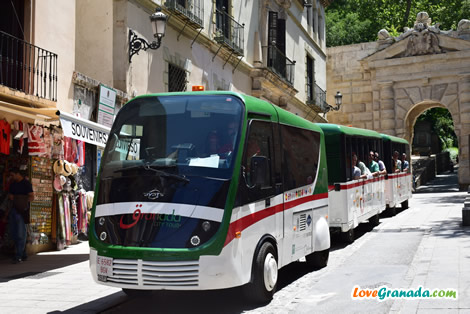
It runs in a route around the city in a repeating loop every day. People can buy a one way trip or an all day hop on hop off ticket around the city including a couple stops barred to any other vehicle traffic. On the hottest days in the summer it looks like a ship crammed full of damned souls with no AC.
The ticket price, route, and purposes of the train don’t meet the day to day needs of anyone living there and would be completely impractical for general transportation. It’s designed for managed discovery of neat places for tourists. It’s not trying to present a comprehensive entire city, but an impressionistic representation of the city, a road accessible highlight reel that tries to give a kinda feeling for what makes the place tick.
Video game towns like in Skyrim are similarly impressionistic, trying to give an idea of the city while making a much smaller version then would exist in reality. You could spend your time detailing every street, corner store, and fountain plaza but it wouldn’t be a good return on your time investment. Through the power of tabletop RPG creativity you can have a huge town of thousands or a, you just gloss over the majority of the area, apply a fuzzy lens. This area is abstracted through a pointcrawl.
Fantasy adventuring parties are a kind of tourist, outsiders in the area under time pressure, searching for the highlights. They’re not generally trying to find the routes and places in town that allow them the most convenient day to day mundane life. They’re skipping over 90% of the place to find the palaces, cathedrals, royal gardens, and tombs that hold the treasure they’re looking for in the brief visit available. Many players want to be transported somewhere, to travel and see wondrous vistas when they play in your role playing game world. So give them some cool shit to see and focus your creative energies on these hotspots and let them check out the ones that appeal! Hop on, hop off.
So metaphorical megadungeon metro systems are great. I also think it’s cool to put an actual subway in a dungeon. So many dungeons are the ruins of ancient advanced precursor civilizations why not put a magic or sci-fi podway in there. There’s something fantastical about this to me. As someone who grew up not too far from the middle of nowhere in Nevada, mass transit still feels a bit magical to me, in the same category as castles on peaks or dragons.
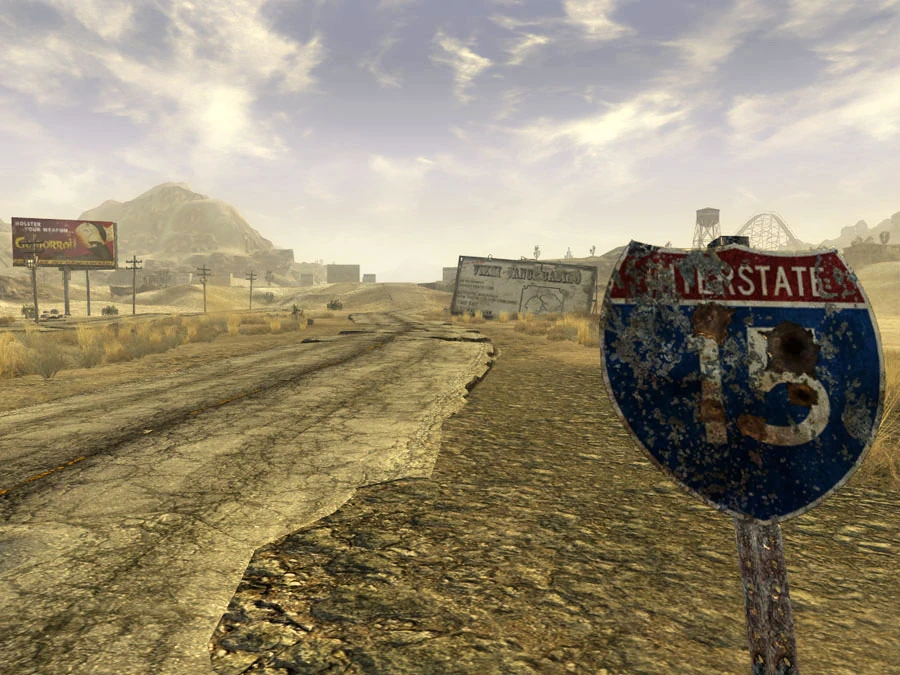
Here’s an early draft diagram of the volcano megadungeon, the fallen keep of Cinderstrom I’ve been working on for too long. I used Scapple to make this and dig that program a lot for dungeon planning, but any type of flowchart software would work. There’s also this site which lets you make your own custom metro maps that fit the classic aesthetic and iconography if you’d like to make dungeons that way.
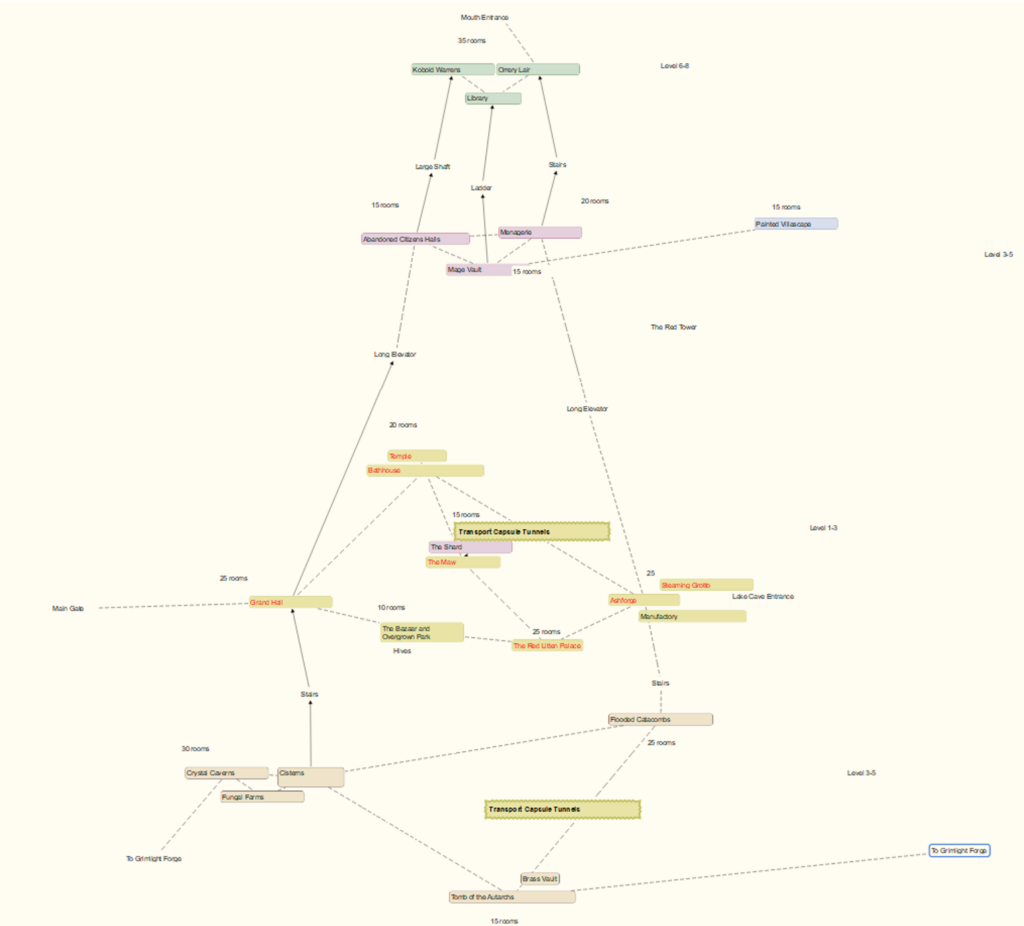
Who knows where the hell the pods go?! Smash some random buttons in a dead language and find out. Maybe one of the pods is sentient and challenges you to riddles and threatens to crash if you don’t come up with good ones. Huge variety of fun options for gameplay with a fantasy podway.
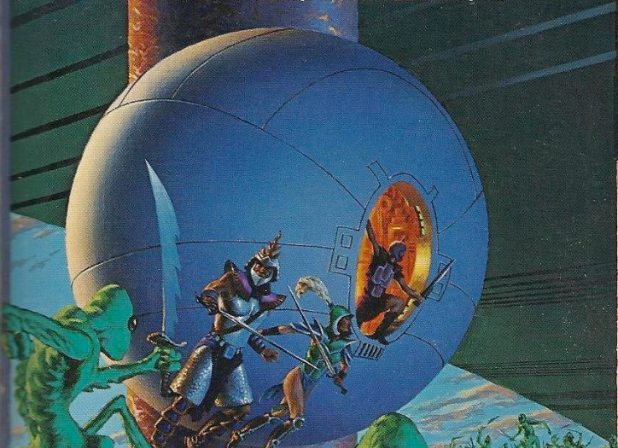
Further Reading:
https://dreamsinthelichhouse.blogspot.com/2013/11/dungeons-with-hexes.html
https://bonesofcontention.blogspot.com/2022/08/spectral-interrogatories-iv-dwarrowdeep.html
https://dungeonofsigns.blogspot.com/2013/02/megadungeon-thoughts-part-iii.html
https://dreamsinthelichhouse.blogspot.com/2013/11/megadungeon-topology.html
https://www.kjd-imc.org/blog/node-based-megadungeon-design/
https://hillcantons.blogspot.com/2014/01/pointcrawling-ruins-revisited.html
https://hillcantons.blogspot.com/2013/03/whats-so-damn-hard-about-running-ruined.html


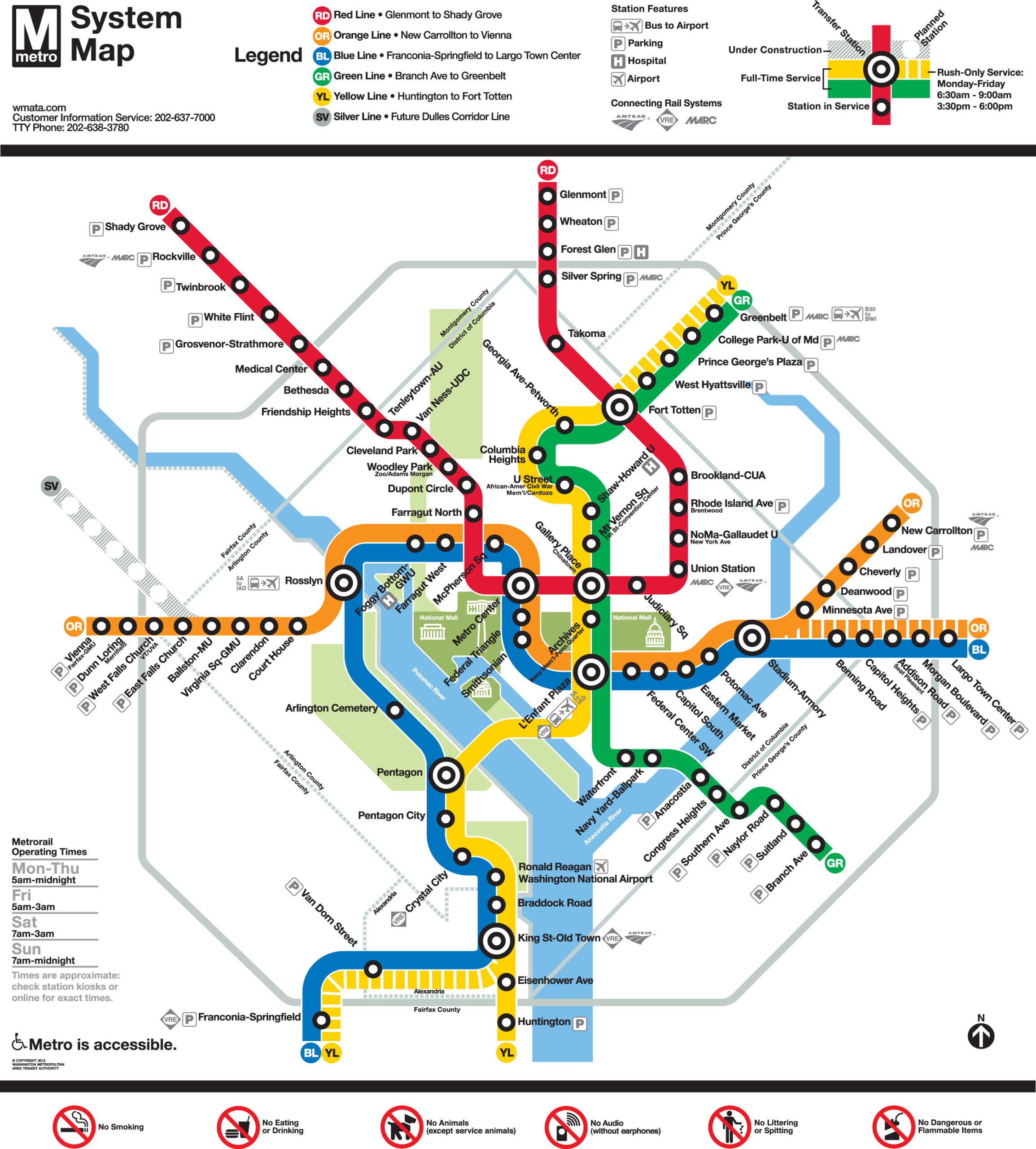
Funny you should mention the node-based design, that is how Free League is doing the recent Moria kickstarter.
This is also where (I personally feel) published ruined cities like Myth Drannor failed. I would think something with some random generation involved for parts the players might want to explore, like Vornheim proposed, would be a bit more interesting to execute for “en route” entertainment, never to be found again.
From there, you’d probably have to have major adventure areas and their exteriors mapped, as you’ve posited, a la Halls of The Beast Tamers or The Towers of Song, making a point crawl with around 10-15 “local maps” where if the players encountered something along the way to the POI, they would have a smaller “hex” of buildings already mapped out and randomly dropped to navigate while the demon encounter was resolved.
At least this was my solution to the failings on the 2ED fabled “City of Song” boxed set.
I’ll have to check out that new Free League take on Moria!
I’ve actually used a system very like this to run a Vikings at the Mountains of Madness campaign (largely inspired by John Ardent’s Black City) and it worked great.
It’s still quite a bit of work to put together but also a fun manageable project. Good luck!
Tubeway straight to the heart of the City of the Ssu. . .where everything smells like cinnamon and the inhabitants really want to see you dead.
Seriously though, the Tubeways will take you to all kinds of crazy places, some even worse than that beautiful picture from Flamesong. It is what makes traveling through a planet-girding nodal system more fun than you can usually imagine. Even more fun is trying to find your way back to where you came from. Using destination disks scribed with places annotated in a language that was dead 50,000 years before you were born is a whole lot of fun, as long as your destination actually still exists in the system.